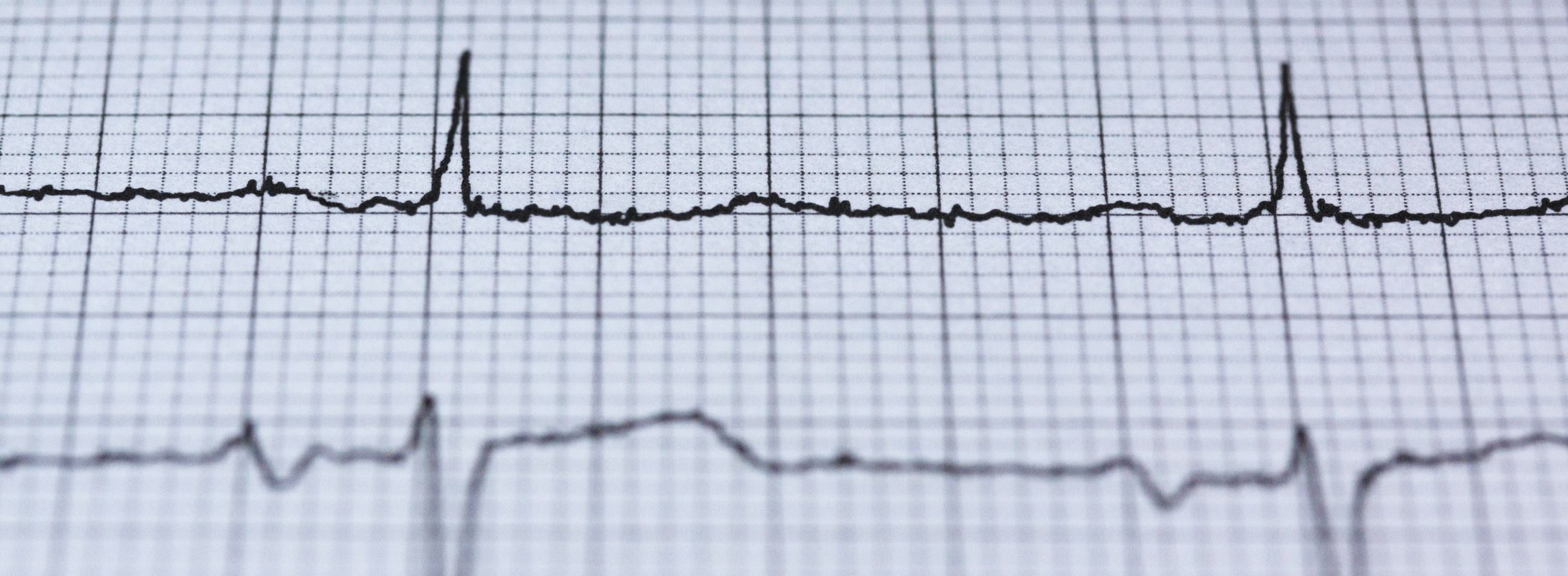Healthcare content
Just What the Doctor Ordered
Vital signs of paper quality
Medical professionals have been translating insights and data on physical mediums to aid and advance healthcare for a long time. From clay tablets in 3,000 B.C. to parchment in 500 B.C, these mediums have helped healthcare practitioners consolidate their thoughts, present complex information and keep medical records.
But each medium presented itself with its own set of flaws. Stone tablets were heavy to carry, and took hours to carve on. Parchment was only ever as good as the animals it was made from, and was prone to moths – who viewed parchment as snacks.
Fast forward to today and we now use paper to continue the course of documenting medical information. Despite the rise in digitization, paper still plays an integral role in processing information in hospitals, clinics and examination rooms.

Alan Lim, who works as a hospital administrator says, “In my industry, paper is indispensable for record keeping to meet regulatory requirements.”
Yusuf Rahman, a healthcare academic facilitator attests: “There is always a need for us to prepare printed copies of module syllabus, thesis papers, and workshop handouts, so we need paper.”
But just as how the healthcare practitioners of yore had to grapple with subpar parchment and crumbling stone tablets, there are considerations of how good paper plays a role in aiding medical professionals. Here are some factors.
You want vibrant colours for clearer presentation
“In our workshops, we often present heavy information, so we use images and infographics. Color plays a huge part in making these images attractive to help people learn,” Yusuf shares.
ProDigi™ HD Print Technology enhances color vibrancy by 34%, enabling sharper ink-drops, keeping the ink on the surface better than ordinary papers.
You want crisp lines for accuracy and clarity
“Sometimes your font is small. Sometimes your graphs have multiple, crisscrossing lines. If your lines aren’t crisp, you run the risk of producing inaccurate information,” Yusuf says.
ProDigi™ HD Print Technology reduces ink-bleed by 23% hence images are sharper and lines are less ragged. It produces 17% denser blacks resulting in sharp, dark prints.

You want clean, smudge free prints.
“Printed material represents standard and quality. When your ink smudges, it suggests shoddy work. And if it smudges too much, who can read what you’ve printed?” Jenny Yee, a Hospital Operations Executive points out.
ProDigi™ HD Print Technology ensures faster ink dry-time resulting in clean, sharp printouts during handling.

You want to save ink to save costs.
Printing can be expensive. But when you use less ink, you spend less to replenish it.
ProDigi™ HD Print Technology saves up to 18% of ink use.

It’s been over four millennia since humankind used other forms of transcribing. We no longer need to use animal skins to produce a single piece of parchment, but we do need good paper to continue our work in improving patient care. Just as the healthcare industry grows to meet the changing demands of the world, so must our tools and materials that enable this progress, and quality paper is essential in this endeavor.
Find out more about PaperOne™ with ProDigi™ HD Print Technology at here




